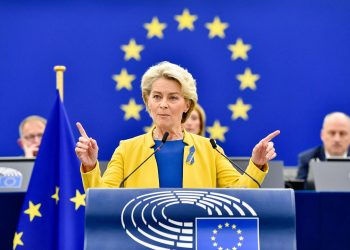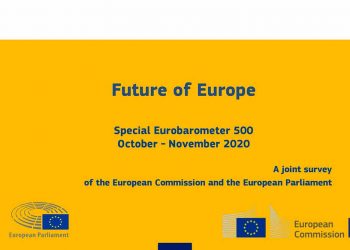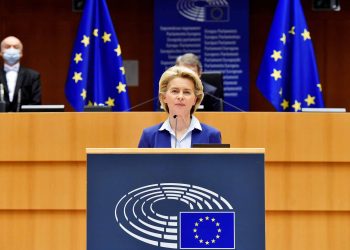What is the Europe 2020 strategy about? Will the new EU leadership do a good job in 2020? Smarter, greener, more inclusive? The Europe 2020 strategy is the EU’s agenda for growth and jobs for the current decade. It emphasises smart, sustainable and inclusive growth in order to improve Europe’s competitiveness and productivity and underpin a sustainable social market economy.
To reach this objective, the EU 2020 has adopted targets in five areas:
- Employment
- Research & Development
- Climate change & energy
- Education
- Poverty and social exclusion
What are the key targets to be reached by EU in 2020?
The headline targets related to the strategy’s key objectives at the EU level cover:
Employment:
> 75% of the population aged 20 to 64 years to be employed;
Research & Development:
> 3% of GDP to be invested in the R&D sector;
Climate change & energy:
> Greenhouse gas emissions to be reduced by 20% compared to 1990;
> Share of renewable energy sources in final energy consumption to be increased to 20%;
> Energy efficiency to be improved by 20%;
Education:
> Share of early school leavers to be reduced under 10%;
> At least 40% of 30 to 34 years old to have completed tertiary or equivalent education;
Poverty and social exclusion:
> At least 20 million people fewer at risk of poverty or social exclusion.
The EU-level targets have been translated into national targets. In each EU country, they are all reflecting different situations and circumstances.
The 2019 edition of Smarter, greener, more inclusive? Indicators to support the Europe 2020 strategy continues the series of Eurostat flagship publications supporting the Europe 2020 strategy by monitoring progress towards the targets and goals defined under the three mutually reinforcing priorities of smart, sustainable and inclusive growth. The analysis is based on the Europe 2020 headline indicators chosen to monitor progress towards the strategy’s targets.
Additional breakdowns focusing on specific subgroups of society or the economy will deepen the analysis and present a more detailed picture. The data mainly come from official statistics produced by the European Statistical System and disseminated by Eurostat.
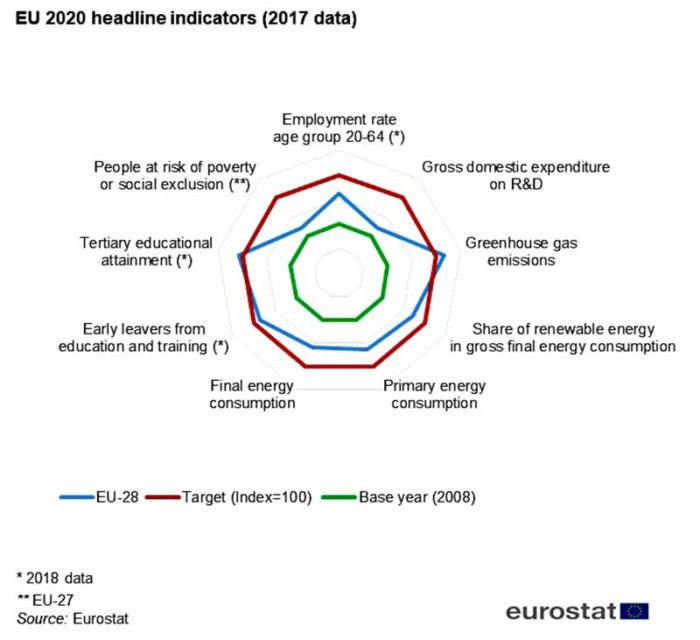
What is the current situation for the EU?
Now that the Europe 2020 strategy is approaching the end of its life cycle, it is clear that it has provided an important contribution to the EU’s socio-economic development since its launch in 2010. Europe’s employment is at a record high, the greenhouse gas emissions objective and the higher education targets have been met, and Europe is on track with the renewable energy and energy efficiency targets. However, considerable progress is still needed for stimulating more investment in research and innovation and for fighting poverty and social exclusion.
Since 2008 – the baseline year for monitoring the Europe 2020 strategy – Europe’s economy has been growing at a fast pace. Europe has made substantial progress in the area of climate change and energy and is on track with the Europe 2020 renewable energy and energy efficiency targets.
Positive developments are visible in the area of education and all higher education targets are met. Employment is at a record high and if the current trend persists, the employment target of the Europe 2020 strategy is within reach. Progress for the R&D expenditure has been limited and distance to the risk of poverty and social exclusion target remains significant.
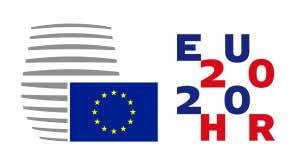 Croatia’s presidency of the Council of the EU:
Croatia’s presidency of the Council of the EU:
1 January – 30 June 2020
Brexit, populism, and the migration crisis have stoked the conflagration over borders and social integration across Europe. Both sides of a 2019 debate say the continent’s values and identity are under attack—but disagree by whom. In what form does liberal democratic Europe survive this struggle?


